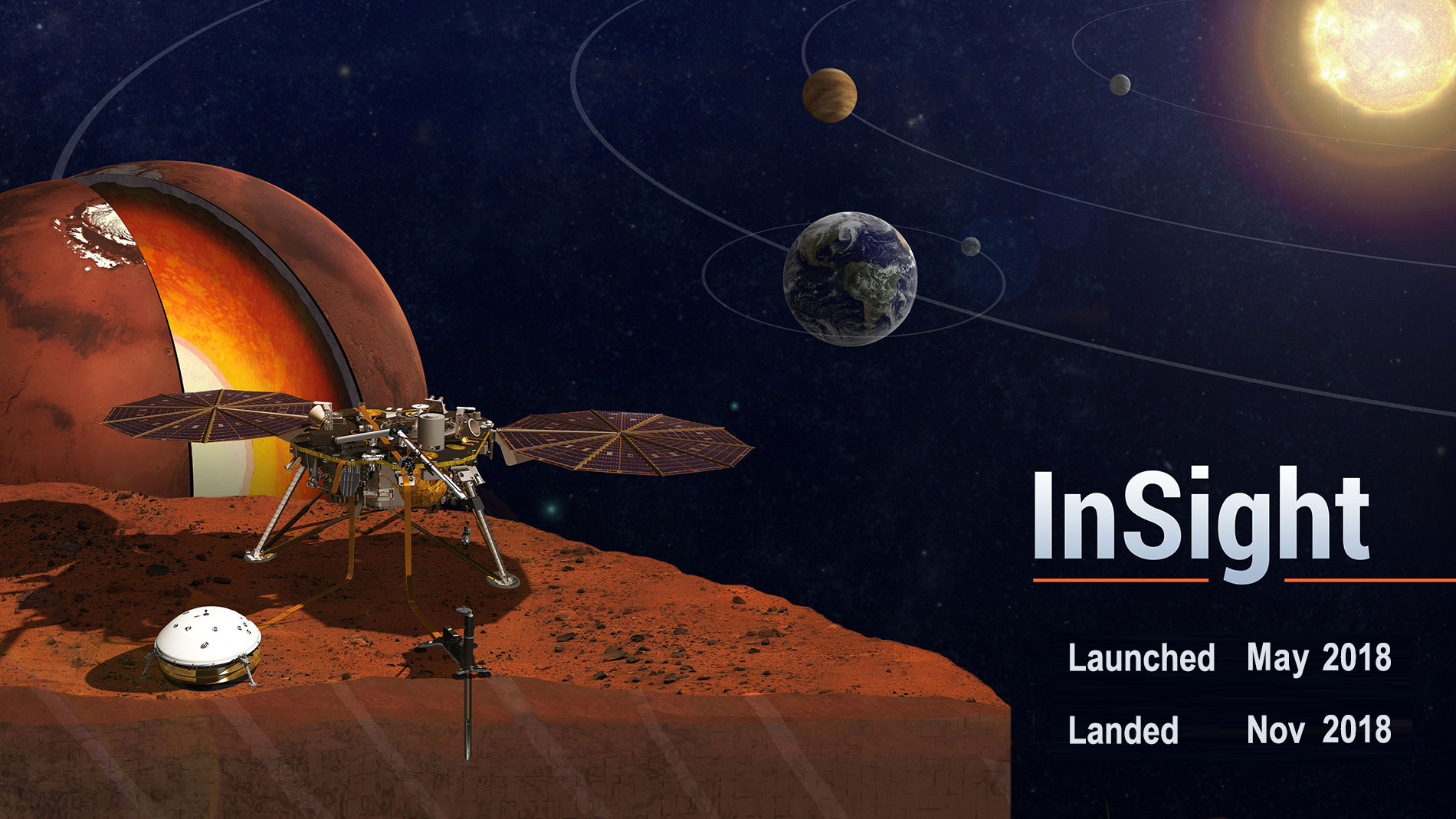I have exciting news. I’ve been commissioned to write a second popular science book with Bloomsbury. I finished my first book, Catching Stardust, in 2017 and it’s OUT NOW. However, as soon as I’d finished writing, I was missing it. The dilemma was that I needed to find a whole new topic to write about. After a few discussions with Jim at Bloomsbury Sigma, I came upon the idea of space volcanoes. As my publisher said: “What’s not to love? Space AND volcanoes”. So, this is exactly what my second book will be about and it’s working title is Fire & Ice.
Volcanoes are among the most familiar and perhaps the most terrifying of all geological phenomena. However, Earth isn’t the only planet to harbour volcanoes. In fact, the Solar System, and probably the entire Universe, is littered with them. Our own Moon, which is now a dormant piece of rock, had lava spewing onto its surface billions of years ago, while Mars can be credited with the largest volcano in the Solar System, Olympus Mons, which stands at 25km high. While Mars’s volcanoes are long dead, moons around Jupiter and Saturn experience active volcanism today.
You may question whether I’m ‘qualified’ to write about volcanoes. Well, although the most recent part of my scientific research career was focussed on space, namely comets and asteroids, my scientific focus prior to this was volcanoes. In fact, for my PhD I analysed rocks from volcanoes in the Arctic and Iceland. I even spent a few months during this time working as a volcanologist on the tiny Caribbean island of Montserrat. Major parts of Montserrat were destroyed by a large eruption in 1997, burying an entire town and displacing thousands of people. Since I first visited that volcano in 2003 I have been fascinated with learning more about it. It truly sparked (excuse the pun) my motivation to continue studying science to a higher level.
So, I definitely know a thing or two about Earth’s volcanoes, I just haven’t managed to visit any in space yet! But no fear, a fair few space missions have done so there’s plenty of information in the scientific literature for me to delve in to.
Volcanism is, quite simply, part of the effort a planet makes to cool itself down. However, the Solar System’s volcanoes vary tremendously; each planet has its own unique way of freshening up. This means that understanding what makes a volcano tick on Earth doesn’t necessarily tell us much about what makes those on other planets erupt.
We tend to think of volcanoes as disgorging hot, molten lava and emitting huge, billowing clouds of incandescent ash (this is, obviously, where the ‘Fire’ part of the book title comes from). While this is often the case on Earth, it certainly isn’t the same story across the rest of the Solar System. For a start, some volcanoes aren’t even particularly hot. Those on Pluto, for example, could be erupting methane, ammonia, water and carbon dioxide, substances that freeze to form mountain chains made of ice rather than rock (hence the ‘Ice’ part of the book title). Fascinatingly, the volcanoes of our Solar System can be some of the hottest and coldest places.
Volcanoes act to shape the surfaces of the celestial objects on which they exist. However, the beauty of volcanoes lies not just in admiring their dazzling eruptive pyrotechnics. Whether they are formed of fire or ice, volcanoes are of huge importance for scientists trying to picture the inner workings of a planet or moon. Volcanoes dredge up materials from the depths and helpfully deliver them to the surface. The way in which they erupt, and the products they generate, can even help scientists ponder bigger questions: Is there life elsewhere in the Solar System? A geologically active planet has the potential to host the right conditions to entertain life.
Fire and Ice will take the reader on an exploration of the Solar System’s volcanoes, from the highest peaks of Mars to the red-hot summits of Jupiter’s moon Io, to the coldest, seemingly dormant icy carapace of Pluto. It will look at how scientists explore these exotic cosmic features, and relate them to familiar volcanoes on Earth, discovering how these planetary bodies made their surfaces, and whether such active planetary systems might host life.
Fire & Ice will be out in late 2020, so I better get writing.













